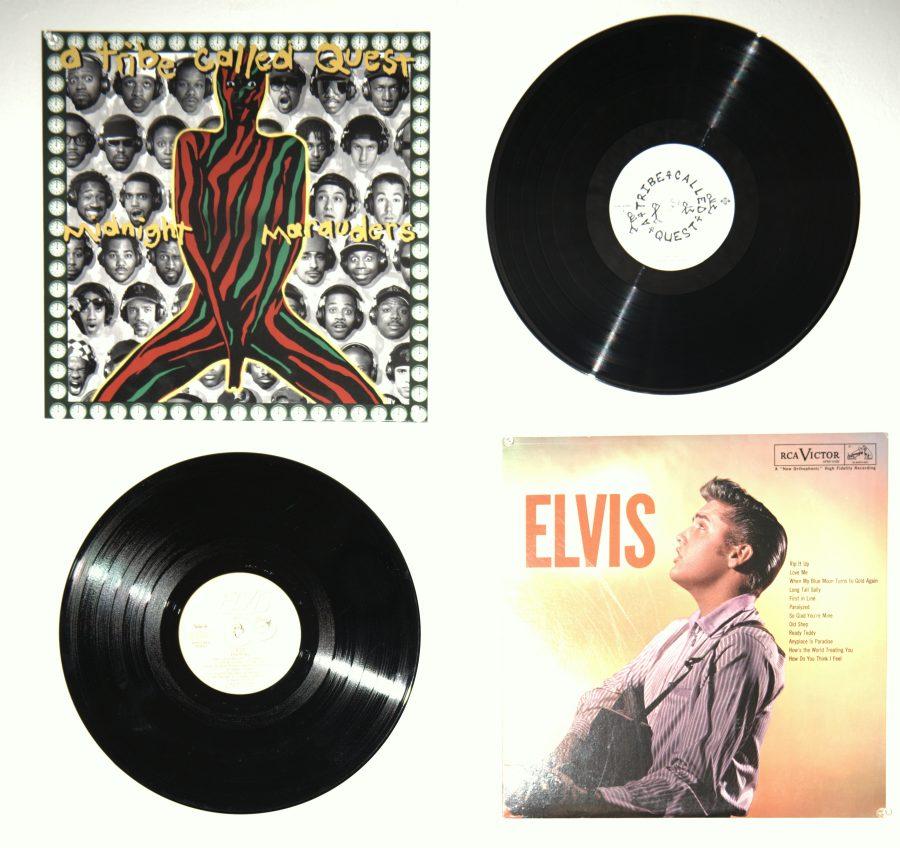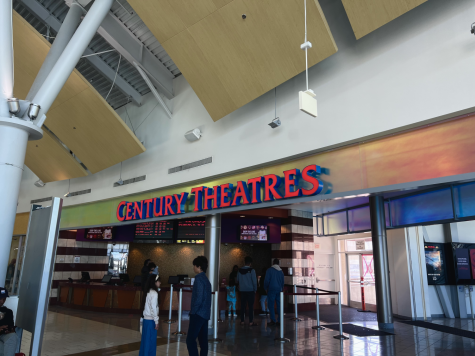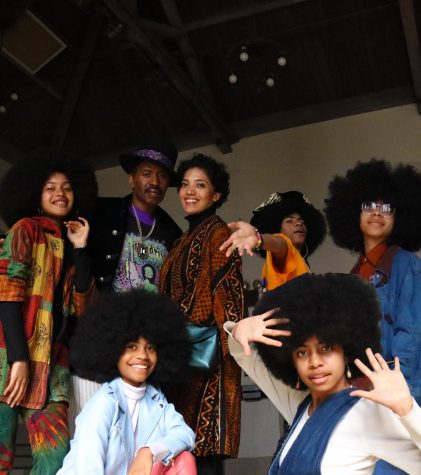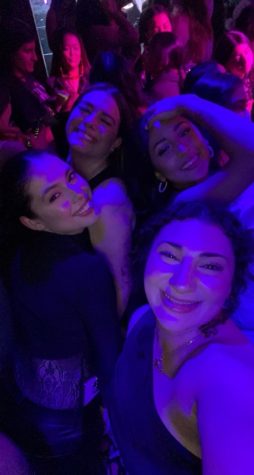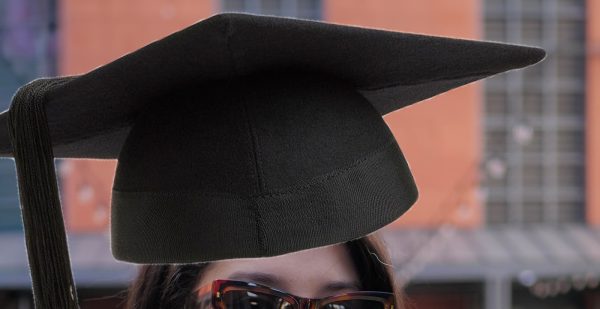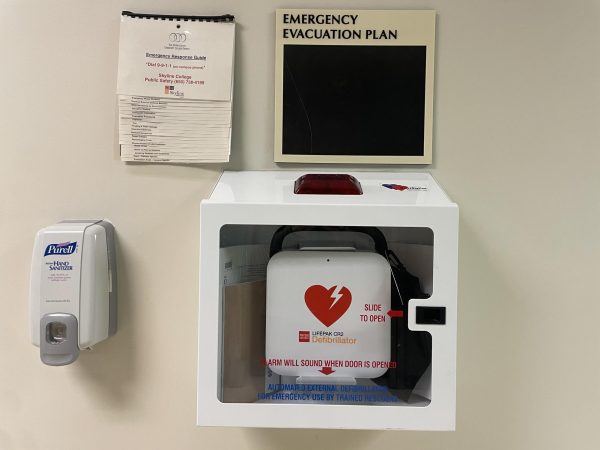On record: the comeback of vinyl
Not only are collectors purchasing retro vinyls, record labels are reissuing old classic vinyls for repurchase. Photo credit: Kevin Perez
Pick your favorite. Lift needle. Place in grooves. Enjoy.
For years, companies have been producing newer and newer computers, phones, and TVs. The evolution of all three is something younger generations take advantage of, unable to fathom the turmoil of outdated technology.
While consumers are soaking up the technology, they are also backtracking in at least one aspect: music.
Vinyl records are becoming popular again.
Daniela Tabora, 19-year-old Skyline College psychology major, owns at least 200 vinyl records in her collection.
“Sometimes just downloading music on your phone- it’s so easy. It’s so easy,” Tabora said. “So I don’t know, it’s kind of one of those things where it’s like ‘oh let me have something that I can actually build a collection of and take care of and maintain.’ Also just because trends and stuff get recycled.”
This recycled trend is proving to dominate.
According to Nielsen, “vinyl album sales in the U.S. have grown a massive 260 percent since 2009. In 2014 vinyl unit sales totaled 9.2 million, up from 6.1 million in 2013.”
Besides the resurgence of record sales, artists have been printing new vinyl and remastering old vinyl.
There are also recently established clubs and subscriptions, and even an international Record Store Day (RSD).
Among the newer and older artists that participate, pop artist The Weeknd’s most recent RSD release features remixes of the track, “The Hills,” by Eminem and Nicki Manaj, pressed on a 12 inch vinyl.
The first official RSD was on April 19, 2008. RSD promotes the reissuing of artists’ material on vinyl and CD and features performances and signings from a variety of bands at different independent record stores.
“I mean I like the fact that it drums up business for records store,” Skyline College Communication Studies Professor, Ryan Lescure said. “Obviously I’m happy that they exist.”
For the 28-year-old, Lescure has a grand collection of 305 12 inch LPs and and 73 7 inch singles.
Along with Tabora and Lescure, Skyline College History Professor and DJ, Mustafa Popal is another passionate record collector coming in at 36-years-old and over 500 records in his collection.
“For me part of the joy of music is finding it, so that’s the beauty of the store,” Popal said. “You go to the store, and maybe the store has a listening station. You put it [the record] down and you go, ‘oh my god I have to have this in my life.’”
For anyone looking for records, there are over 30 stores in San Francisco alone that sell vinyl.
Amoeba Music is a chain of independent record stores, with a few of their locations scattered throughout the Bay Area.
Twenty-nine-year-old Doc Miller started working at the Haight Street location about one year ago. He started collecting vinyl at first because of the monetary convenience it had at the time and continues to enjoy collecting to find that 12 by 12 “piece of art.”
Like Popal, Miller prefers vinyl also.
“It’s kind of fun to take part in the tradition and lift the needle and set it into the grooves,’ Miller said. “Actually, you know physically do a little bit of work.”
Commercial stores are noticing the trend, too.
Earvin Tanedo, shift leader at FYE, says that the location he works at began showcasing vinyl about three months ago.
“A lot of people come in looking for vinyl,” Tanedo said. “Not a lot of people get them because of how much they cost.”
Going to the record store and purchasing vinyl is always going to cost money, whereas streaming music digitally does not always have to.
“There’s this visual artistic aspect that’s lost in the streaming world and in the digital world. To me one of the beautiful things about any art, but really with music, is the intersectionality of other art forms,” Popal said. “So here’s the sound, what does the sound look like? And then you go out and dance. What does that sound visually look like in motion?”
Along with the physical artwork, the tangible vinyl record itself holds sentiment for collectors.
“I also think that with music primarily being digital that it’s created a situation where actually having something physical is important to a lot of people, myself included,” Lescure said. “So I like holding the artwork and being able to read through the liner notes.”
The experiences of collectors like Tabora, Lescure, Popal, and Miller, create a sense of community that comes with the collecting.
This community feeling could be one of the factors for the increase of new collectors.
“The feeling of grabbing, pulling out a record, putting it down and letting the needle hit and letting it play, there’s just something beautiful about that process,” Popal said. “And I think people are craving something more than digital.”



